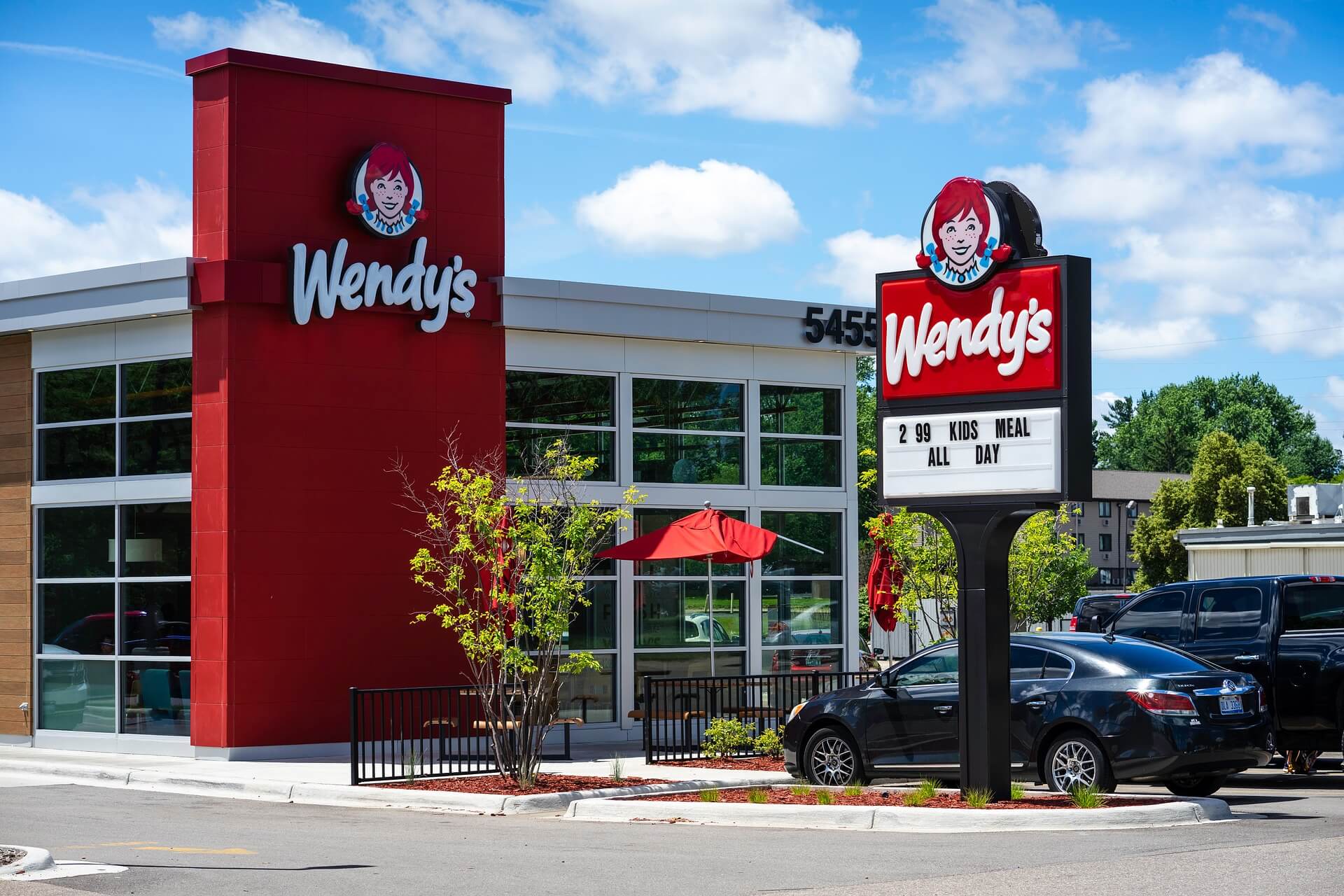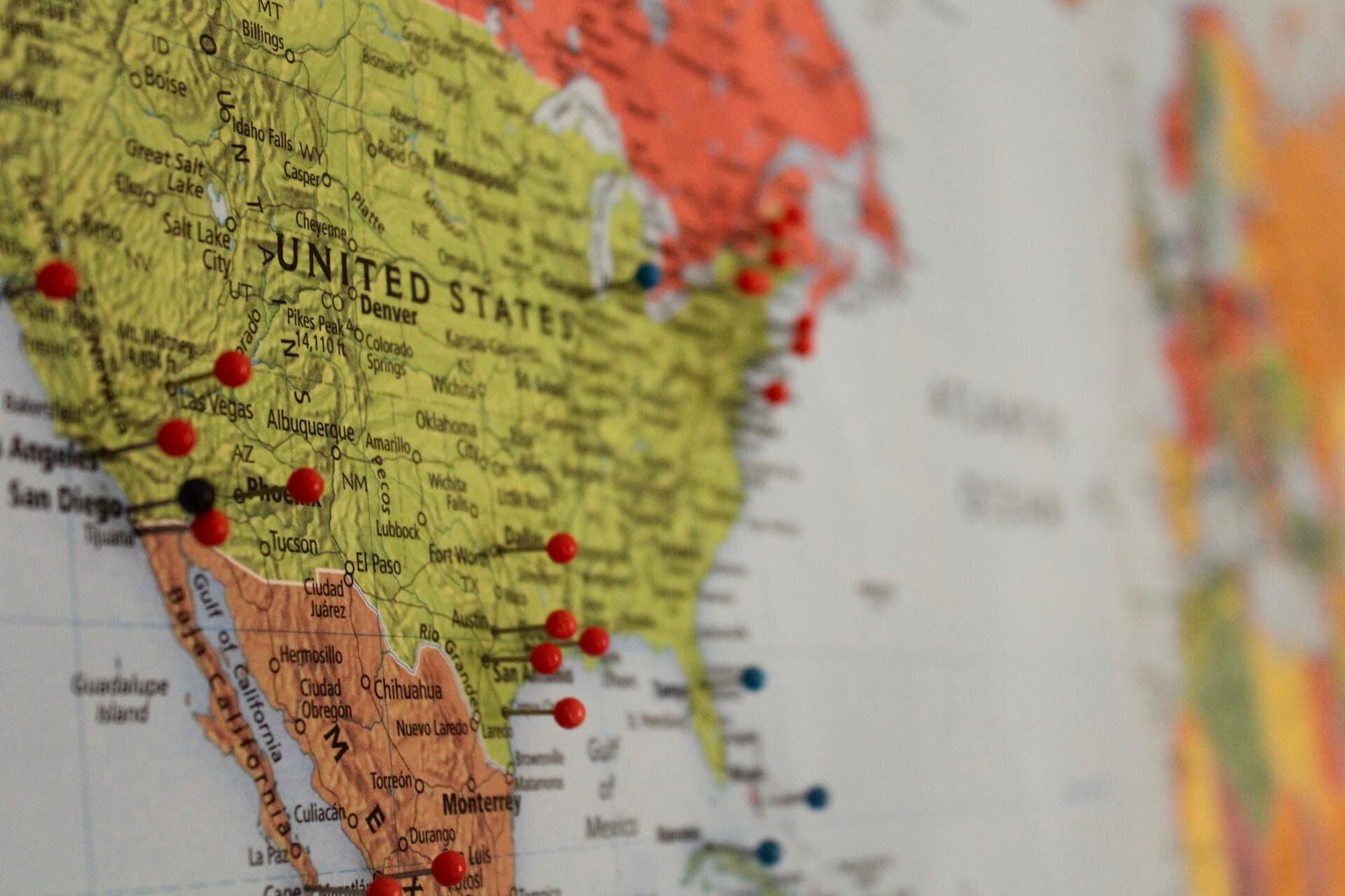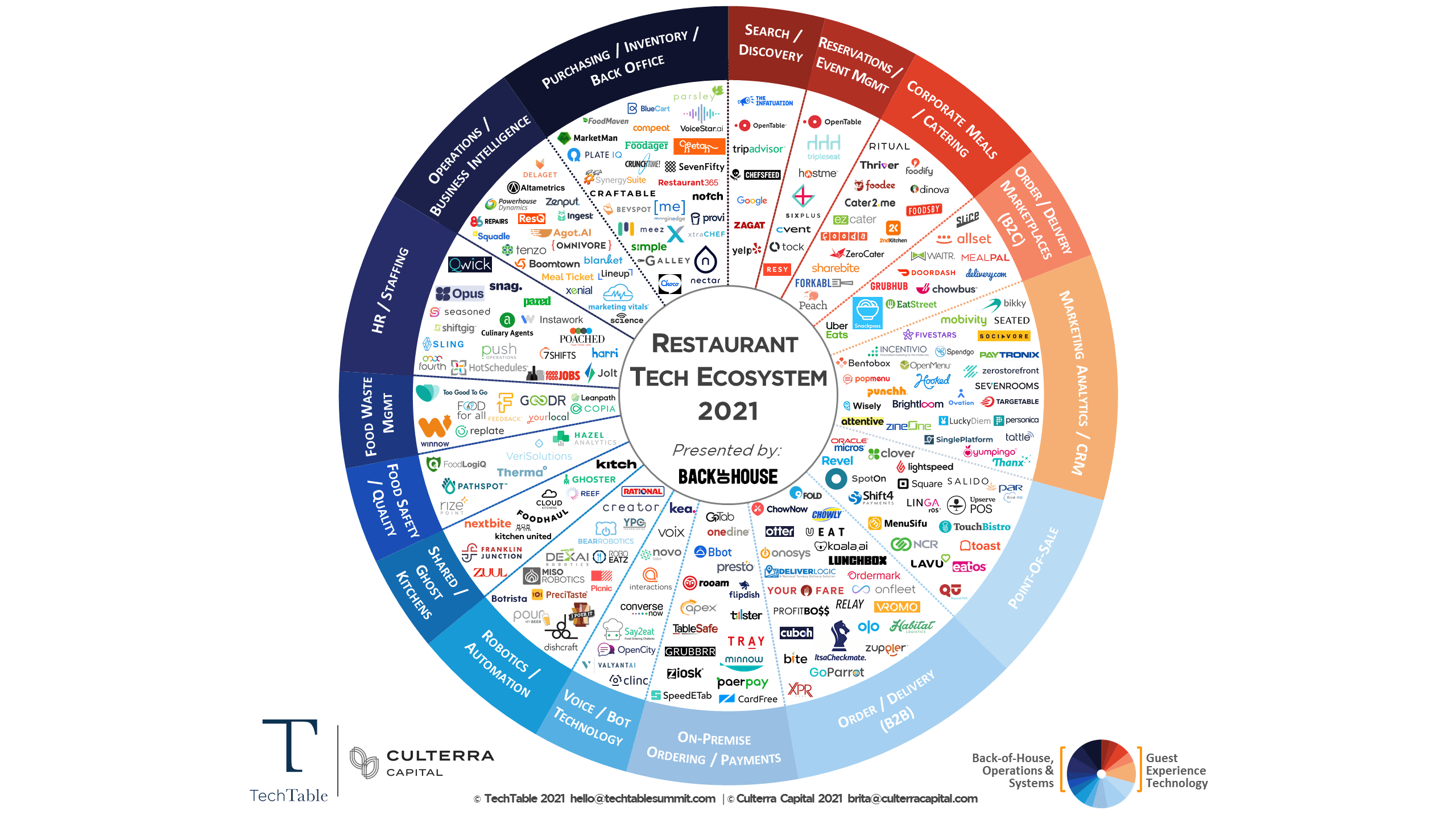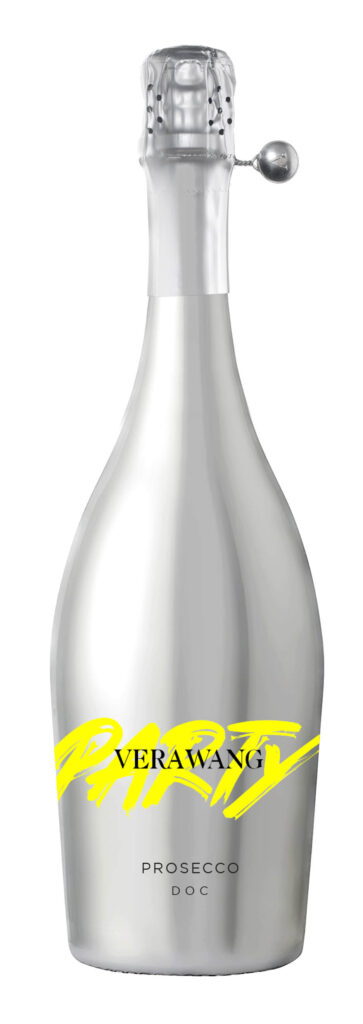SevenRooms Announces Huge New Partnership
by David Klemt

SevenRooms announces today a major partnership that will change the game for operators in the UK, Australia, and across Europe.
The online reservation platform is entering a multi-year partnership with TheFork.
Fortunately, the hospitality industry, once slow to embrace new technology, is now adopting tech at a rapid pace.
This collaboration between SevenRooms and TheFork represents both a giant leap in tech innovation and support for our industry.
SevenRooms
By now, there should be no question that SevenRooms is among the most powerful tools an operator can wield.
On the surface, SevenRooms is “just” a reservation platform. In reality, the platform offers a full suite of guest engagement and retention tools; automated marketing tools; front- and back-of-house management; direct and third-party delivery management; and much more.
Additionally, the company has long been supportive of the hospitality industry. The founders didn’t just assume their reservation and engagement solutions were effective.
Rather, they spent time in the trenches. They took reservations, checked coats, and hung out with hospitality teams when their shifts were over.
During the pandemic, the platform studied the impact of third-party delivery on operators. To that end, they developed a launched a direct delivery module to help operators protect their bottom lines.
TheFork
Operating in more than 20 countries, TheFork is a TripAdvisor company.
Per TheFork, the company boasts more than 80,000 partner restaurants across the globe. Additionally, TheFork’s app has 28 million downloads and counting, and their site features over 22 million restaurant reviews.
In other words, TheFork enjoys a unique position in terms of connecting guests with restaurants.
The platform features a loyalty program; exclusive deals for guests who make reservations via TheFork; an “insider” feature that connects with guests with trendy and gourmet restaurants and entices them with a special offer; and more.
The Partnership
When one reviews how both platforms work, this partnership is a no-brainer. Going deeper, it appears the companies share similar values and commitment to the industry.
For example, SevenRooms subsidized more than $10 million in licensing fees to help operators during the pandemic. TheFork dedicated nearly $30 million to the industry within the 22 countries in which they operate.
This partnership is culminating in a two-way integration. Customers of SevenRooms will gain access to millions of diners who use TheFork to make reservations. In turn, TheFork now has access to SevenRooms’ marketing and venue management tools.
The result? Operators will be able to more easily and consistently fill their seats and attract new guests. The powerful tools that are at the disposal of SevenRooms customers will help to engage and retain those new guests, converting them to loyal regulars.
Hospitality seems to be steadily entering its Collaboration Era. Operators and platforms are seeking beneficial partnerships, all the while embracing more and more tech that enhances the guest experience and boosts the bottom line.
It will be exciting to see where we go from here.
Image: Charles Deluvio on Unsplash











